Did you know that coquina rocks are made up of 99% calcium carbonate?
This fascinating geological formation has a rich history and unique characteristics that set it apart from other types of rocks.
From its distinctive shell fragments to its durability, coquina rocks have intrigued scientists and historians alike.
Understanding how to identify and differentiate coquina rocks can provide valuable insights into the earth’s past and the various ways in which these rocks have been utilized over the centuries.
Whether you are a geology enthusiast or simply curious about the world around you, exploring the world of coquina rocks can offer a deeper appreciation for the wonders of nature.
Formation of Coquina Rocks
To understand the formation of coquina rocks, envision tiny shell fragments compacted over time into a solid mass. The formation process of coquina rocks begins with the accumulation of loose shell fragments on the ocean floor. As marine organisms like mollusks and shellfish die, their shells settle at the seabed. Over time, these shells undergo a sediment consolidation process where layers of sediment build upon them, exerting pressure that compacts the shells together. This compression, combined with the presence of calcium carbonate in the shells, leads to the cementation of the fragments, creating a cohesive rock known as coquina.
The sediment consolidation within coquina rocks is crucial in shaping their unique characteristics. As layers of shells become tightly packed and fused together, the resulting rock exhibits a grainy texture with visible shell fragments embedded within. The formation process and sediment consolidation are integral to the strength and durability of coquina rocks, making them ideal for construction and ornamental purposes.
Composition of Coquina Rocks
When examining coquina rocks, you’ll find that their composition and key characteristics play a crucial role in understanding their formation and properties.
The components that make up coquina rocks offer valuable insights into their unique texture and durability.
Rock Composition
Understanding the composition of coquina rocks is essential in unraveling their unique characteristics and formation process. When it comes to coquina rocks, the following aspects play a crucial role:
- Rock Formation
Coquina rocks are primarily composed of fragmented shells and shell debris cemented together. The accumulation of shells over time forms layers that eventually solidify into coquina rock.
- Mineral Composition
The main mineral present in coquina rocks is calcite, which is derived from the shells of marine organisms. Other minerals such as quartz and aragonite can also be found in varying amounts.
Key Characteristics
The composition of coquina rocks, specifically their mineral content and shell-based formation process, contributes significantly to their distinct characteristics. Coquina rocks are primarily composed of fossilized shells, making them a unique type of sedimentary rock. These rocks are commonly found in coastal formations due to their formation process, where accumulated shells and sediment are cemented together over time. The presence of these fossilized shells gives coquina rocks a grainy texture and a varied color palette, ranging from whites and creams to yellows and browns. Due to their porous nature, coquina rocks have been historically used as a building material in regions where they are abundant, offering both strength and a visually appealing aesthetic.
| Key Characteristics of Coquina Rocks | |
|---|---|
| Composition | Fossilized shells, sedimentary rock |
| Formation Process | Coastal formations, building material |
Also Read: Conglomerate Rocks: Identification, Characteristics, Pictures, and More
Identification of Coquina Rocks
To identify coquina rocks, examine their composition of loosely cemented shell fragments. Coquina formation is primarily a result of sedimentary processes where shells and skeletal fragments of marine organisms accumulate and undergo compaction over time. This unique rock type often contains a plethora of coquina fossils, preserving the remains of ancient organisms within its structure.
When trying to identify coquina rocks, consider the following:
- Shell Fragment Size: Look at the size of the shell fragments within the rock, as coquina rocks typically consist of a mix of small to medium-sized shell pieces.
- Porosity: Check the porosity of the rock, as coquinas are known for their high porosity due to the gaps between the loosely packed shell fragments.
- Color Variations: Observe any color variations present, as coquinas can range from pale to darker hues depending on the types of shells present and the sediment surrounding them.
Characteristics of Coquina Rocks
Upon examining coquina rocks, you’ll notice their distinct composition of loosely cemented shell fragments, reflecting the accumulation and compaction of marine organisms’ remains over time. These rocks exhibit a porous structure due to the gaps left by the shells, allowing water and air to easily pass through.
Fossil evidence preserved within coquina rocks provides insights into past marine life, serving as a record of ancient ecosystems. The sedimentary formation of coquina rocks involves the gradual deposition of shell fragments on beaches or shallow marine environments, followed by lithification processes that bind the shells together.
This formation process results in a unique rock type that’s relatively soft and easily eroded compared to other types of rocks. The shell fragments found in coquina rocks can vary in size and shape, showcasing the diversity of marine organisms that contributed to their creation.
Types of Coquina Rocks
Among the various types of coquina rocks, you’ll find distinctions based on the predominant shell fragments embedded within them. These variations not only affect the appearance but also the properties and potential uses of the rocks.
- Predominantly Clam Shells:
- These coquina rocks are primarily composed of clam shells, giving them a distinct appearance and texture.
- They’re often formed in areas with high clam populations and are known for their strength and durability.
- Mixed Shell Fragments:
- Coquina rocks containing a mix of shell fragments from various marine organisms.
- Their composition can vary greatly depending on the location of formation, resulting in a range of colors and textures.
- Mainly Coral Pieces:
- Some coquina rocks are mainly composed of fossilized coral remains.
- These rocks are often found in regions with ancient coral reefs and are prized for their unique patterns and suitability as a building material.
Geological Significance of Coquina Rocks
From examining the types of coquina rocks based on their predominant shell fragments, it becomes evident that their geological significance lies in their formation processes and the insights they provide into past marine environments. Coquina rocks are not just ordinary rocks; they hold a key to unlocking the history of our planet’s ancient seas. These rocks are formed from the accumulation of fragmented shells and shell debris, cemented together by calcium carbonate. This unique composition gives geologists valuable information about the conditions of the ancient marine environments in which they were formed. By studying coquina rocks, scientists can reconstruct past sea levels, sedimentation rates, and even climatic conditions.
| Geological Significance | Insights Provided | Architectural Applications |
|---|---|---|
| Reveals past marine environments | Helps understand ancient sea levels and climatic conditions | Used in historical buildings and monuments |
| Indicates sedimentation rates | Provides insights into ancient ecosystems | Adds a unique aesthetic appeal to structures |
| Shows changes in sea levels over time | Assists in geological studies and research | Offers durability and natural beauty in construction |
| Reflects the process of shell accumulation | Contributes to understanding Earth’s history | Enhances architectural designs with natural textures |
Environmental Impact of Coquina Rocks
Understanding the environmental impact of coquina rocks is crucial for assessing their role in shaping ecosystems and landforms. When it comes to coquina rocks, their presence can have significant effects on the environment, particularly in coastal areas.
Here are some key points to consider:
- Coquina rocks can help mitigate coastal erosion by acting as natural barriers against the forces of waves and currents, protecting shorelines from being washed away.
- These rocks also provide essential habitats for various marine species, contributing to the biodiversity of coastal ecosystems. Marine habitats like tide pools form around coquina rocks, serving as nurseries and shelter for numerous marine organisms.
- However, the extraction of coquina rocks for construction and other purposes can lead to habitat destruction and disrupt the delicate balance of marine ecosystems. It’s essential to consider the environmental implications before altering the natural distribution of coquina rocks along coastlines.
Distribution of Coquina Rocks
The distribution of coquina rocks along coastlines varies significantly due to geological factors and environmental conditions. Coastal erosion plays a crucial role in shaping where coquina rocks can be found. These sedimentary rocks, formed from compressed shells and coral fragments, are often located in areas where erosion is active, such as cliffs or shorelines exposed to strong wave action. The process of erosion exposes layers of coquina, creating stunning formations that attract both scientists and tourists.
In regions with high coastal erosion rates, like parts of Florida and the Caribbean, coquina rocks are abundant due to the constant breakdown and reformation of sedimentary materials. The interplay between erosion and deposition influences the distribution of coquina rocks, leading to unique coastal landscapes rich in these distinctive formations. Understanding the distribution of coquina rocks is essential for studying the dynamic nature of coastal environments and the role of sedimentary rocks in shaping our coastlines.
Preservation of Coquina Rocks
To ensure the longevity of coquina rocks, it’s crucial to implement effective preservation strategies that safeguard these unique geological formations. When it comes to preserving coquina rocks, consider the following:
- Regular Inspections: Conduct routine inspections to identify any signs of erosion or damage early on.
- Utilize drones or aerial surveys for inaccessible areas.
- Conservation Methods: Implement conservation methods such as stabilizing the surrounding soil and vegetation to prevent erosion.
- Use environmentally friendly materials for preservation work to minimize impact.
- Preservation Techniques: Employ techniques like applying protective coatings or consolidants to strengthen the rocks and protect them from weathering.
- Consider creating barriers or buffers to shield coquina rocks from human interference or natural elements.
Historical Uses of Coquina Rocks
Let’s explore how coquina rocks have been utilized throughout history.
They’ve been extensively employed in various architectural applications, showcasing their durability and aesthetic appeal.
Additionally, their structural strength has made them a preferred choice for constructing buildings and coastal defense structures.
Architectural Applications in History
Considering historical architectural applications, coquina rocks have been utilized in various structures due to their unique characteristics.
- Coquina rocks were extensively used in architectural preservation projects, such as fortifications and historic buildings, due to their ability to withstand coastal erosion.
- Fort Matanzas in Florida stands as a notable example of coquina rock fortifications that have endured centuries of coastal exposure.
- The Old City Gates in St. Augustine, Florida, showcase the durability of coquina rocks in architectural preservation against coastal elements.
- The Castillo de San Marcos, also in St. Augustine, is another prime illustration of coquina rocks’ resilience to coastal erosion in historical constructions.
Structural Strength in Buildings
Having demonstrated their resilience in historical architectural preservation projects, coquina rocks also showcased exceptional structural strength in buildings of the past. Their structural durability made them sought-after building materials for various constructions.
In architectural design, coquina rocks were utilized for their ability to provide stable foundations and support. Construction techniques often involved stacking the rocks in layers, creating sturdy walls and fortifications. The unique composition of coquina rocks, with their mixture of shell fragments and sand, contributed to their strength and durability over time.
Builders recognized the reliability of coquina rocks in withstanding environmental pressures and maintaining the integrity of structures. The utilization of coquina rocks in historical building projects stands as a testament to their enduring strength and suitability for construction purposes.
Coastal Defense Constructions
Coquina rocks fortified coastal defenses with unmatched resilience and durability. When used in coastal fortifications, these rocks serve a dual purpose of withstanding the relentless forces of the sea while providing a sturdy barrier against erosion.
Here are some key points to consider:
- Coastal Fortifications: Coquina rocks have a long history of being utilized in the construction of coastal defenses due to their natural ability to absorb impacts without crumbling.
- Historical Significance: Dating back to colonial times, coquina rocks were integral in protecting settlements from enemy invasions along the coast.
- Erosion Control: Their unique composition makes them ideal for preventing coastal erosion, safeguarding shorelines from disappearing into the sea.
- Modern Applications: Today, coquina rocks continue to be used in coastal defense structures, blending historical charm with practical functionality.
Modern Applications of Coquina Rocks
In construction and landscaping, coquina rocks are valued for their natural beauty and durability. Modern innovations have seen coquina rocks being used in sustainable building practices due to their eco-friendly nature. These rocks aren’t only aesthetically pleasing but also contribute to environmentally conscious construction methods.
Artistic adaptations of coquina rocks have become increasingly popular in landscaping projects. Their unique texture and warm, earthy tones make them a favorite choice for creating visually appealing outdoor spaces. Whether used in pathways, garden borders, or decorative rock gardens, coquina rocks add a touch of natural elegance to any design.
Moreover, coquina rocks are being integrated into modern architectural designs to enhance both the exterior and interior of buildings. Their versatility allows for creative applications in facades, accent walls, and even artistic sculptures. By incorporating coquina rocks into contemporary structures, architects and designers are able to achieve a harmonious blend of tradition and innovation in their projects.
Interesting Facts About Coquina Rocks
With their rising popularity in modern architectural designs and landscaping projects, uncovering intriguing facts about coquina rocks sheds light on their unique characteristics and historical significance.
- Coquina rocks are formed from a combination of seashells, sand, and limestone, making them not only visually appealing but also environmentally friendly due to their sustainable sourcing.
- These rocks have a fascinating ability to withstand coastal erosion better than many other materials, making them a preferred choice for structures near the shoreline.
- Due to their porous nature, coquina rocks have played a vital role in fossil preservation, with many fossils being found within the layers of these rocks, providing a glimpse into ancient marine life.
Exploring these interesting facets of coquina rocks not only enhances your understanding of their practical applications but also highlights their crucial role in coastal environments and historical preservation.
Conclusion and Further Reading
Curious about where to delve deeper into the world of coquina rocks and their significance? If you want to explore further research on coquina rocks, there are various academic journals and geological websites that provide in-depth studies on the formation, composition, and geological significance of these unique sedimentary rocks. These resources can offer detailed insights into how coquina rocks are formed, their role in coastal environments, and their importance in understanding Earth’s history.
Additionally, if you’re interested in the practical applications of coquina rocks, further reading can shed light on their uses in construction, landscaping, and historical preservation. Understanding the durability, porosity, and aesthetic qualities of coquina can inspire innovative ways to incorporate these rocks into architectural designs or conservation projects.
To deepen your knowledge and discover the diverse aspects of coquina rocks, consider exploring scientific publications, geological surveys, and case studies that highlight the versatility and significance of these fascinating geological formations. Happy reading and exploring the world of coquina rocks!
Frequently Asked Questions
How Do Coquina Rocks Impact Local Wildlife and Marine Ecosystems?
Coquina rocks play a crucial role in supporting local wildlife and marine ecosystems. Their presence enhances habitat diversity, fostering marine biodiversity. Conservation efforts are vital to protect these rocks and ensure the sustainability of these ecosystems.
Are There Any Cultural or Spiritual Beliefs Associated With Coquina Rocks?
Cultural practices and spiritual beliefs surrounding coquina rocks have deep historical significance. Folklore traditions often attribute mystical powers to these formations, shaping local beliefs and rituals. Explore these connections to understand their impact on communities.
Can Coquina Rocks Be Used as a Sustainable Building Material?
Yes, coquina rocks can indeed be used as a sustainable building material. Their natural durability and insulating properties make them ideal for green construction. Consider incorporating coquina benefits into your sustainable architecture projects for eco-friendly results.
Are There Any Famous Landmarks or Structures Built With Coquina Rocks?
Yes, there are architectural wonders and historical landmarks constructed with coquina rocks. Their engineering marvels and historical significance make them popular tourist attractions. You can explore these unique structures and appreciate their beauty up close.
How Do Coquina Rocks Play a Role in Coastal Erosion and Protection?
Coquina rocks play a vital role in coastal erosion and protection. Their unique composition helps absorb wave energy, reducing erosion. They provide habitats for marine life, supporting ecosystems. Additionally, coquina rocks are used in famous landmarks and structures for their durability.
Conclusion
In conclusion, coquina rocks are unique sedimentary rocks formed from fragmented shell and coral pieces. They’re easily identified by their porous and grainy texture, often used in construction for their durability and aesthetic appeal.
With a rich history of use in buildings and forts, coquina rocks continue to be valued for their strength and beauty in modern applications. Explore further to learn more about the fascinating world of coquina rocks.
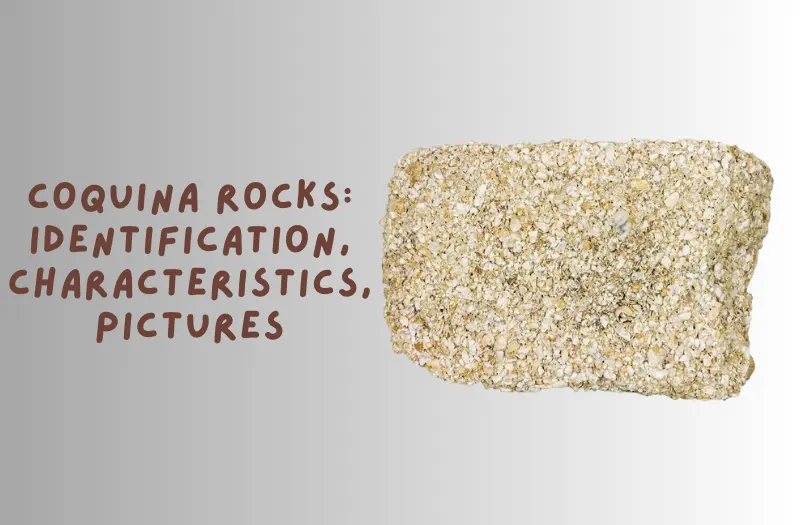
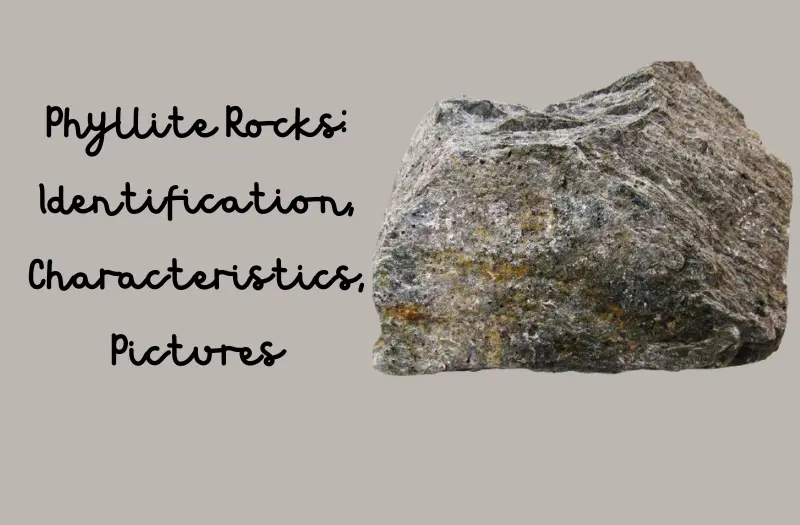
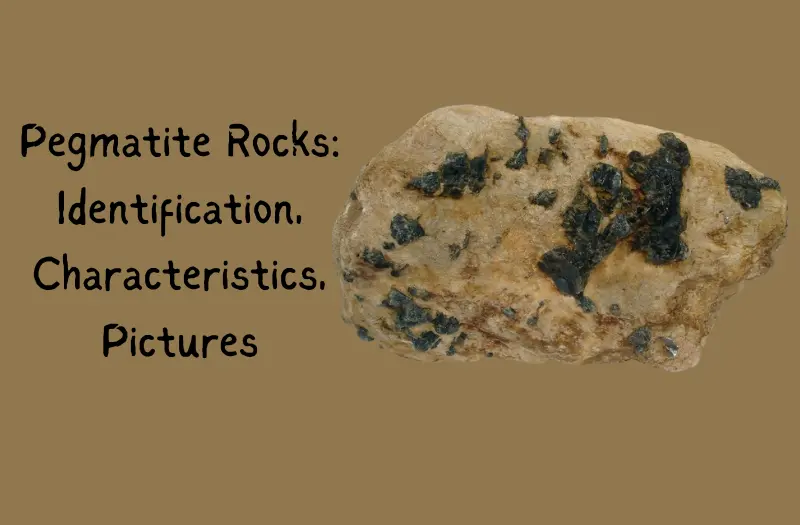
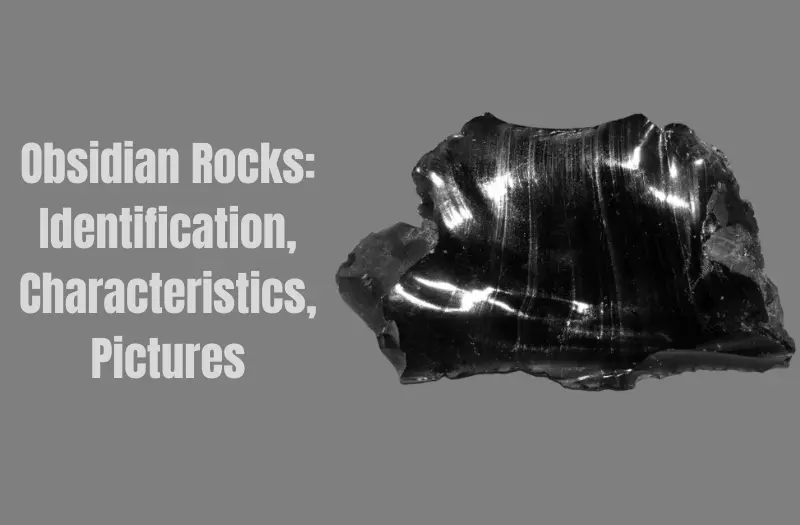
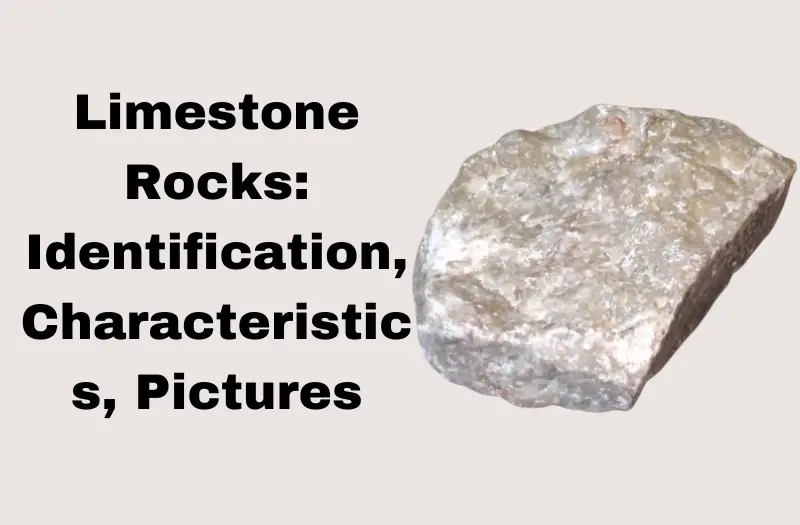
Leave a Reply